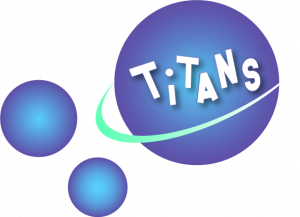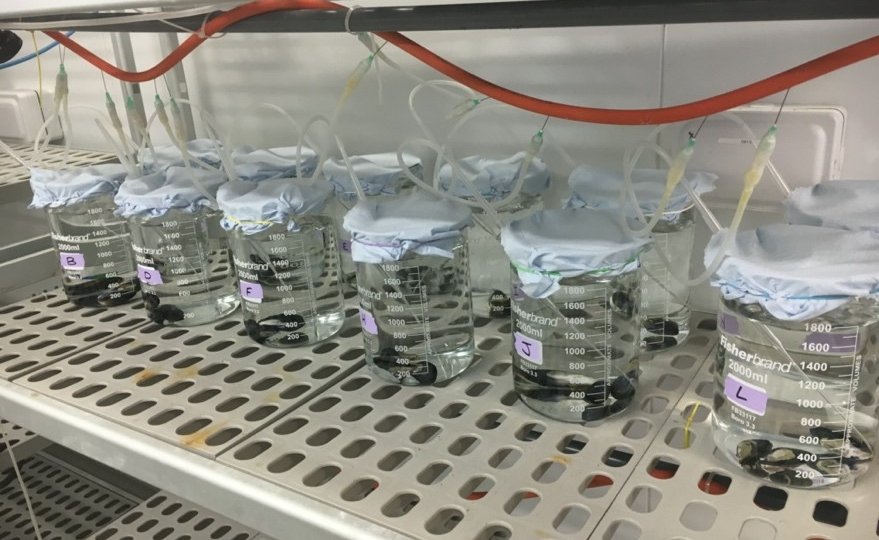
Potential radio- and ecotoxicological effects of tritiated particles (e.g., stainless steel (SS), cement), particularly in non-human biota are not fully investigated.
As part of Work Package 3 (Impact of tritiated products on environment and human health) within the TRANSAT project, ecologically relevant marine mussels (Mytilus galloprovincialis) are being utilised as important bioindicator species for aquatic habitats, to investigate tissue-specific bioaccumulation, release (depuration) and genotoxicity of hydrogenated (non-tritiated) and tritiated SS particles.
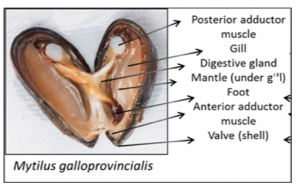
Specific mussel anatomy.
The first series of experiments carried out at the University of Plymouth (UK), focused on non-tritiated SS particles, to ensure that any noted damage induced by tritiated SS particles in future experiments was attributed to radio- and not chemical toxicity. Mussels were exposed under controlled laboratory conditions for 18 days to SS particles. Accumulation of particles in different mussel tissues (e.g., gills, digestive gland) and faeces was determined at several time points following the exposure (5 h, 3, 7 and 11 d) and post-exposure (7 d, as a measure of depuration level). Genotoxic response (DNA strand breaks, as a marker of DNA damage) was measured in mussel haemocytes using the comet assay, at each time point. In addition, the characteristics (e.g., distribution, size, chemical properties) of accumulated particles within specific tissues was investigated in gill and digestive gland tissue (d 11 only) using analytical (ICP-MS) and electron microscopic techniques.
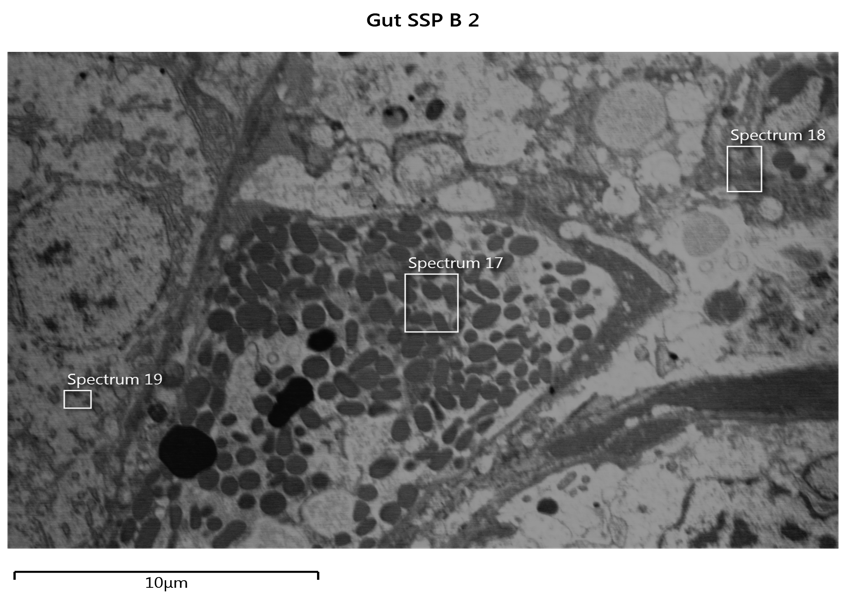
Transmission electron microscopy (TEM) and energy dispersive X-ray spectroscopy (EDS). Mytilus galloprovincialis gill tissue following exposure to SS particles.
The results obtained so far has demonstrate that steel particles are accumulated rapidly into mussel tissue (within 5 h) particularly in the digestive gland. After this initial increase, accumulation levels stabilise to meet control levels. SS particles had no influence on DNA damage, therefore any biological damage noted in future experiments involving tritiated-particle will be a result of radio- and not chemical toxicity. Future studies will adopt a multi-biomarker (i.e. OMICs techniques, comet assay for DNA damage), multi-tissue approach. Our research aims to provide the necessary scientific background to aid radiation protection authorities and nuclear safety advisory organisations in monitoring and assessing the risks of tritiated micron and sub-micron particles on human and environmental health.
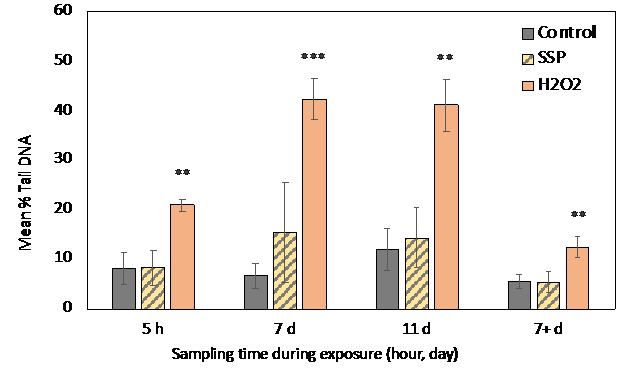
Genotoxic effects (DNA damage) in mytilus galloprovincialis haemocytes at multiple time points following exposure to SS particles.
Post written by the following TRANSAT partners: Awadhesh Jha & Emily Vernon (University of Plymouth), Christian Grisolia, Véronique Malard & Mickaël Payet (CEA).

